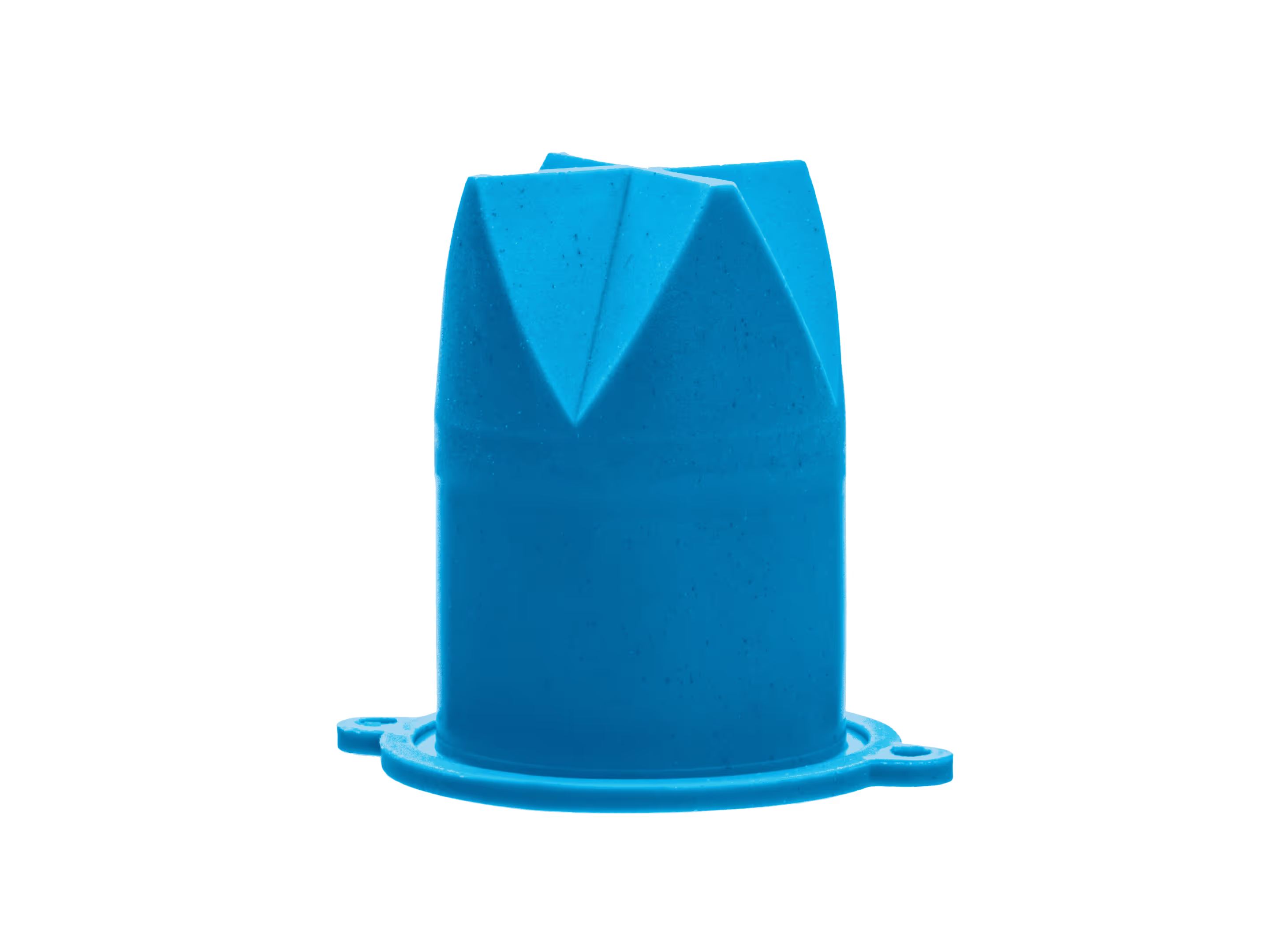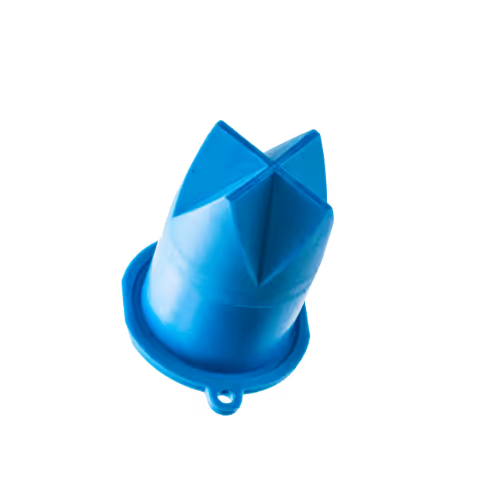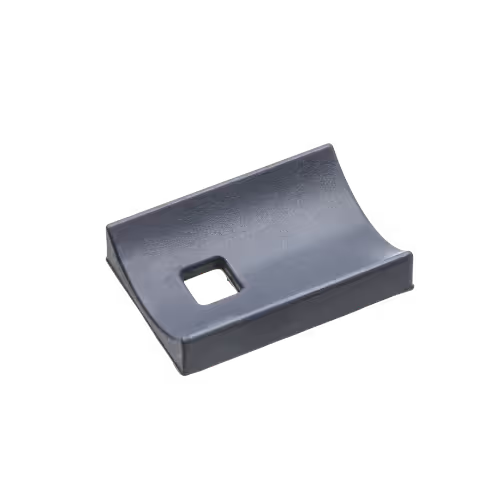High Consistency Rubber Transfer Molding
Durable, flexible silicone and organic materials for short and long-term implantable use
%20(13).avif)
High-strength elastomers for critical device performance
High Consistency Rubber (HCR) is a solid silicone elastomer with high viscosity, offering superior mechanical strength, durability, and flexibility. It is ideal for transfer molding and extrusion, making it perfect for seals, long-term implants, and tubing that need to withstand repeated use and extreme conditions. HCR excels in applications where high tensile strength, tear resistance, and flexibility are essential for long-lasting performance.
Our HCR Transfer Molding Capabilities
- High Mechanical Strength - Withstands continuous stress and repeated use.
- Wide Temperature Range - Remains stable between -75°F and 500°F.
- UV and Chemical Resistance - Inert to UV radiation, water, and chemicals.
- Tensile Strength - Supports high-stress applications without tearing or degradation.
- Biocompatibility - Certified to ISO 10993 for long-term tissue contact.
- Elasticity with Durability - Combines softness with structural integrity, making it suitable for implants and orthopedic devices.
HCR can be cured using either platinum-catalyzed addition cure or peroxide-based free-radical cure, with each method offering distinct benefits:
Platinum-Catalyzed (Addition Cure)
- Produces a stable, inert matrix without volatile by-products.
- Cure Temperatures - Typically 150°C to 200°C (300°F to 390°F).
- Applications - Preferred for high-purity components like implants and fluid-contact devices.
Peroxide-Catalyzed (Free-Radical Cure)
- Generates by-products that require post-curing (2-4 hours at 200°C) to remove residues.
- Applications - Used for seals, gaskets, and thick-walled parts requiring higher mechanical strength.
- Manual Handling - Requires skilled operators to prepare material on two-roll mills.
- Shrinkage Control - Mold design must account for 2-4% shrinkage during curing.
- Surface Tackiness - Tack can be mitigated with chlorination or plasma treatments, facilitating easy assembly.
- Long-Term Implants - Breast implants, neurostimulators, and orthopedic devices.
- Seals and Gaskets - O-rings and diaphragms for infusion pumps and respiratory tools.
- Extruded Tubing - Radiopaque and multi-lumen tubing for dialysis systems and wound drains.

Why Choose CirtecFor HCR Molding?
- Transfer molding expertise
- Advanced curing processes
- Cleanroom molding
Cirtec brings proven capabilities in HCR molding, offering robust silicone components that withstand repeated mechanical stress and extreme environments. Our in-house expertise spans transfer molding techniques for durable seals, tubing, and long-term implants.
Whether using platinum-cured or peroxide-cured processes, we deliver highly elastic, tear-resistant components with consistent biocompatibility—ideal for critical medical applications where strength and longevity are essential.
Withstand stress

with durable, flexible
durable, flexible

molded components

Connect with our team to get started
